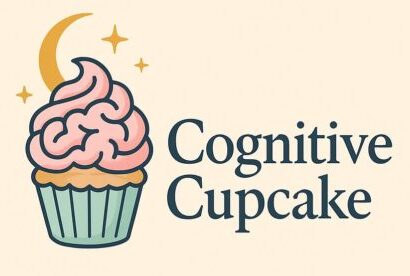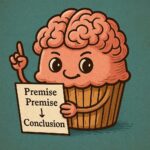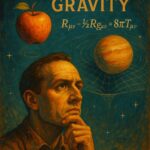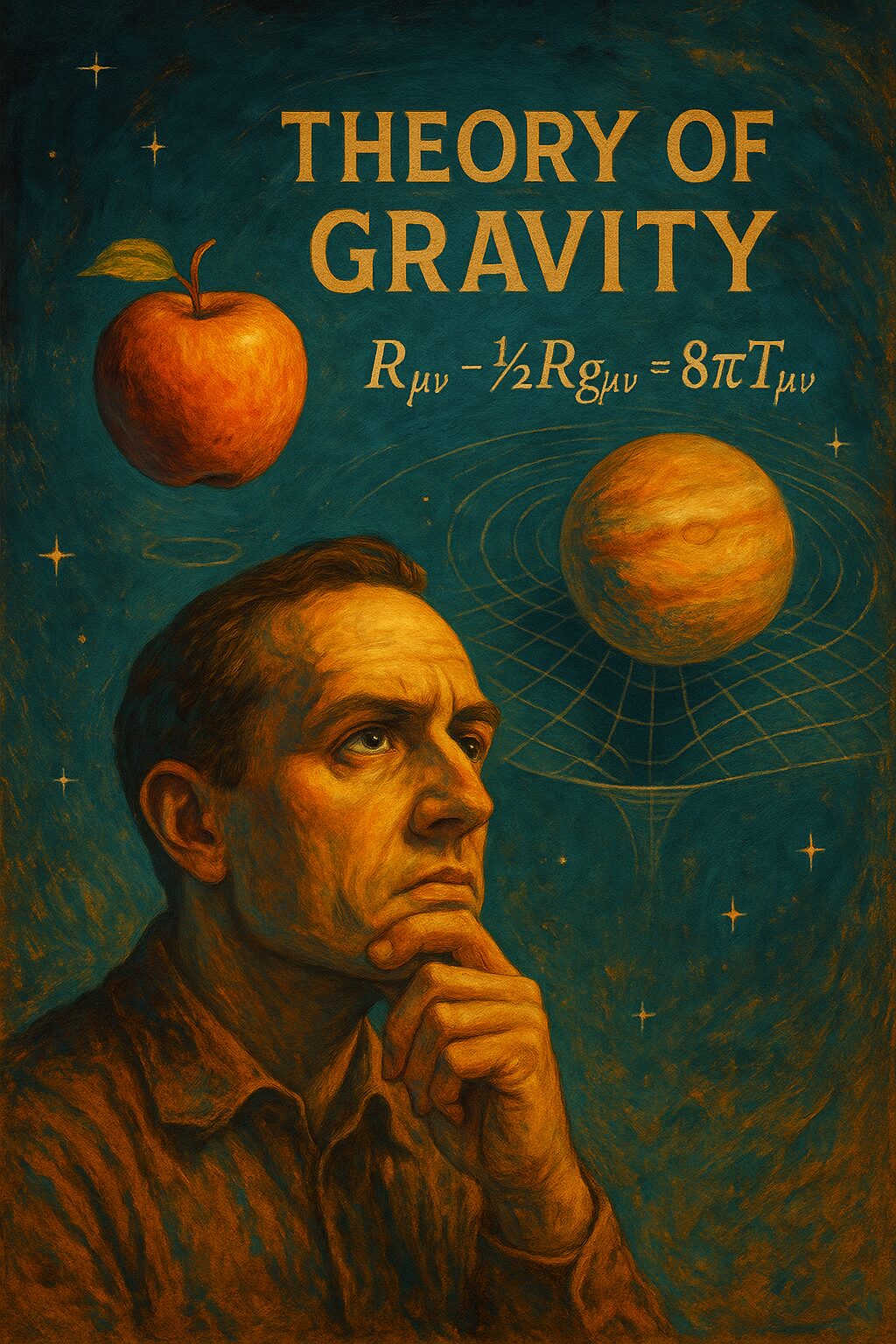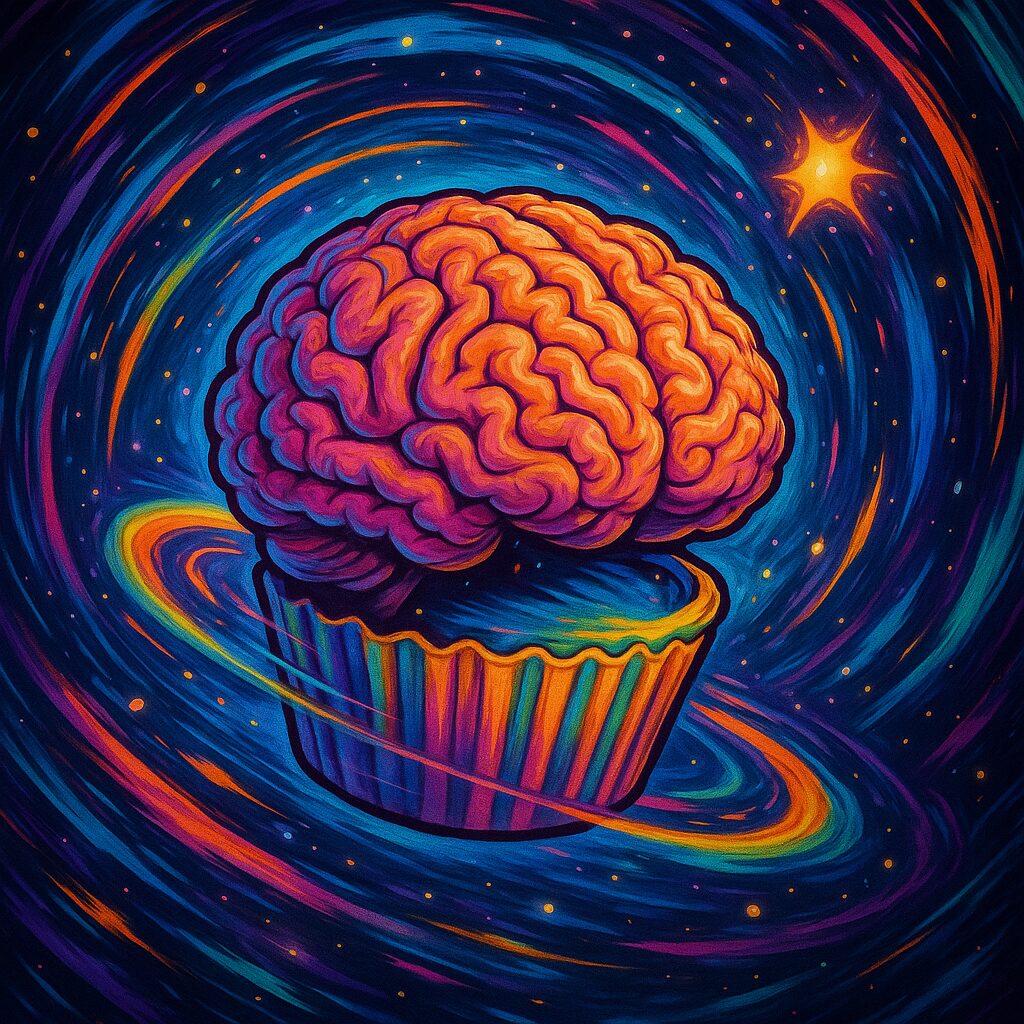
Time. That relentless treadmill dragging us from birth to death, Monday to Monday, coffee to more coffee. But how exactly does time function? Is it a flowing river? A fixed landscape? Or a conceptual mess cooked up by philosophers with too much free time?
A-Theory: The Flow of Time
According to A-Theory (also called the tensed theory), time flows. There’s a real distinction between the past (fixed), present (real), and future (open). Events move from the future into the present and then into the past. This model captures our everyday experience of time—like watching your youth slip away while you binge-watch yet another TV series.
Philosophers like J.M.E. McTaggart, in his 1908 paper “The Unreality of Time,” originally framed these distinctions (Mind, 17(68): 457–474). However, McTaggart paradoxically argued that time doesn’t exist, since the flow of time leads to logical contradictions. Still, many philosophers and common folk stick with A-Theory, since it feels… real.
B-Theory: The Block Universe
Enter B-Theory, or the tenseless theory of time. Here, all moments—past, present, and future—are equally real. Time doesn’t flow; it’s a static dimension like space. Yesterday, today, and tomorrow are just different coordinates. You don’t “move” through time any more than you move through “up.”
This is sometimes called the “block universe” model, endorsed by philosophers such as D.H. Mellor and J.J.C. Smart (Mellor, D.H. 1998. Real Time II). According to B-Theory, your birth, your death, and that embarrassing thing you said in high school all coexist timelessly. Comforting, isn’t it?
C-Theory: The Untensed Ordering
Now for the C-Theory, which takes B-Theory to an even more abstract level. C-Theory suggests that time is simply a set of events ordered by relations like “earlier than” and “later than,” but there’s no ontological present or real passage of time at all. Time doesn’t flow. In fact, “now” isn’t a metaphysical feature—it’s just how your brain processes temporal relations.
This theory is mostly defended by philosophers who enjoy losing friends at parties by insisting that “the present moment doesn’t really exist” (Oaklander, N. 2004. The Ontology of Time).
So… Which Is It?
Each theory has its supporters. A-Theory appeals to common sense and lived experience. B-Theory appeals to physics (especially relativity, where simultaneity is relative). C-Theory appeals to those who enjoy torturing undergraduates. Ultimately, time remains one of the great metaphysical puzzles that fuels coffee-fueled late-night debates and, occasionally, AI-generated blog articles.
Disclaimer: This article was generated with AI and fact-checked for accuracy. Sources: McTaggart (1908), Mellor (1998), Oaklander (2004).
